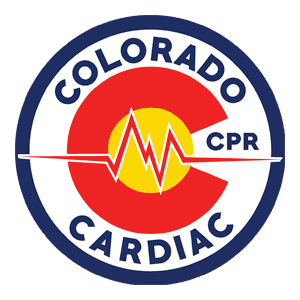Ultraviolet Sun Safety

We welcome July with BBQ’s, family vacations combined with long summer days outside while we play and socialize under the ultra-violet rays, aka sunshine! Did you know that the ultra-violet rays can impact our health both positively and negatively? This month we will explore how best to find balance with our ultraviolet health and care.
Each year 5 million people are diagnosed with skin cancer, the third leading cause of cancer deaths in the United States with most of those cases coming from California, Florida, Arizona, and Colorado. These statistics may be overwhelming, but skin cancer is nearly 100% preventable!
UVA and UVB are the two main types of sun rays, and both can cause skin cancer by damaging the DNA in skin cells. S.P.F. stands for Sun Protection Factor. The SPF number tells you how long the sun’s U.V. rays would take to darken your skin versus the amount of time without any sunscreen. Always use broad-spectrum sunscreen. This means it can protect you from both U.V.A. rays that cause sunburn and U.V.B. rays that cause skin damage like skin aging.
The two broad categories of skin cancer are melanoma (deadly) and non- melanoma (basal cell and squamous cell carcinoma). Basal and squamous cells are in the top layers of the skin, which means they are exposed to ultra-violet rays frequently and sustain much sun damage that can be successfully treated and highly preventable. Melanoma effects the melanocytes in the deep layers of the skin, this is the deadly form of skin cancer.
This doesn’t mean one should stay inside and avoid the sun, because going outside is great for participating in physical activity, our mental health and getting our Vitamin D!
WHAT YOU CAN DO:
- Limit your time in the sun, UV rays are strongest between 10am-4pm
- Enjoying the sun safely while getting your daily dose of vitamin D includes being outside for 15-20 minutes per day without sunblock before 10am or after 4pm.
- Apply broad spectrum sunblock frequently – use at least a 15 SPF sunblock with both UVA and UVB protection and reapply often (every 2 hours), after sweating or swimming.
- One application of sunblock for your entire body is equivalent to a shot glass.
- The sunscreen you wear should contain: Zinc oxide and/or Titanium dioxide. Both ingredients provide additional UV protection and will act as a barrier on the skin that reflects the UV radiation. If you have sensitive skin, these two ingredients are also a great choice because they cause less overall irritation.
- Hair sunscreen spray will keep the top of your head safe from the harsh rays of the sun.
- Sun block should not be applied to infants under 5 months of age, cover them with clothes and baby blankets.
- Cover your skin with loose, breathable clothing. This includes hats with a brim to protect your neck and behind your ears. Sunglasses (with UVA and UVB protection) to protect your eyes (wrinkles) and vision and development of cataracts.
- Avoid tanning beds, tanning sprays, tanning lotions and UV nail lamp dryers used for manicures and pedicures. These products produce color changes in your skin that lead to skin cancer.
- Skin cancer goes where the sun goes this includes altitude, sand, shore, snow and ice, the mountains, and cloudy days.
- The more sunburns you have had throughout your life, as a child, teenager and adult, the greater risk of skin cancer.
Warning Signs:
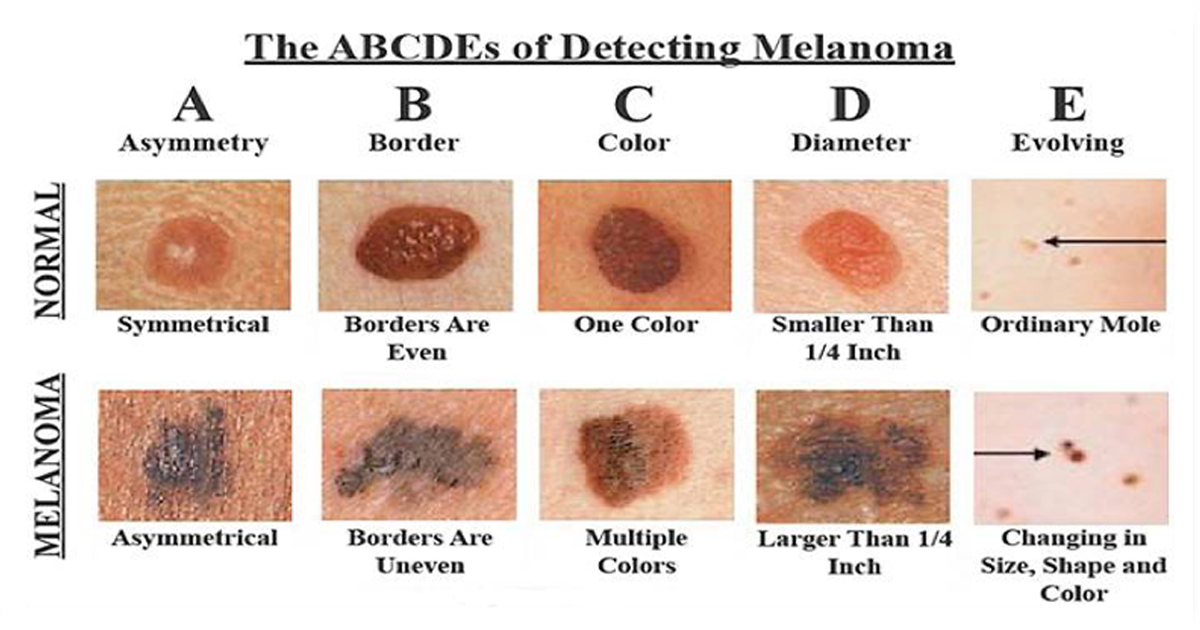
If you notice these warning signs and anything NEW, CHANGING or UNUSUAL for YOU on your skin contact your physician to schedule an appointment. The average person has 25 markings on their body, this includes birth marks, moles, and freckles all of which should be monitored for changes.
-
Monthly self “skin” exams
- A – Asymmetry
- B – Border (uneven scalloped or notched edges, moles have smooth and even edges)
- C – Color (multiple shades of color, black, brown, tan, moles are one color)
- D – Diameter or dark (if the lesion is the size of a pencil eraser or larger, this is a strong warning sign)
- E – Evolving (change in size, shape, color, elevation or new symptoms in your body including bleeding, itching or crusting).
Sun Safety Tips for Employers:
The Occupational Safety and Health Act (OSHA) requires employers to minimize the risk of harm to workers. Employers may be required to provide workers’ compensation to employees who get skin cancer because of sun exposure on the job. This includes EMS personnel.
Providing sun protection for outdoor workers helps create a healthy and safe workplace. It can also increase productivity, which saves money. Some of the tips below protect outdoor workers from heat as well as sun exposure.
Increase Sun Protection for Employees:
- Encourage sun safety among your employees and provide sun protection when possible.
- Use tents, shelters, and cooling stations to provide shade at worksites.
- Schedule breaks in the shade and allow workers to reapply provided sunblock throughout their shifts.
- Create work schedules that minimize sun exposure.
- The Shade Project: a non-profit organization dedicated to the prevention of skin cancer and skin cancer related deaths through sun safety education, promotion of skin cancer screening and the implementation of shade areas in work and public environments! For more information please visit: https://theshadeproject.org/ (click on open this hyperlink)
WORKPLACE SAFTY
It is suggested that employers supply sunblock to all employees whose job description includes outdoor exposure.
CPR TRIVIA
CPR was first introduced in the 1700s by the Paris Academy of Sciences, but it was not widely adopted until the 1960s!
FIRST AID AWARENESS
When experiencing heat emergencies, refrain from administering salt to the victim as this can worsen the heat emergency. Electrolyte drinks are a better option, so long as the person is conscious and has the ability to drink and swallow.
EMERGENCY PREPAREDNESS
Always carry sunblock with you.
MOTIVATIONAL THOUGHT
Be good to your skin, you’ll wear it every day for the rest of your life!
RESOURCES
- www.ncbi.nim.nih/gov
- www.skincancer.org
- www.journals.lww.com
- www.epa.gov
- www.fda.gov
- www.cdc.gov/niosh
- www.aicr.org/cancer-prevention
- www.med.unc.edu
- www.aad.org
- www.vailhealthfoundation.org
ADDITIONAL INFORMATION
- For American Heart Association BLS -CPR, First Aid, ACLS, PALS certification training contact our office at 720.639.2623 or www.3cpr.org
- For Mental Health First Aid certification or mental health workplace workshops contact: Roxanne at Rox@3cpr.org
- For tailored Health and Wellness Lunch -n-Learns or presentations contact: Roxanne at Rox@3cpr.org
Related Posts
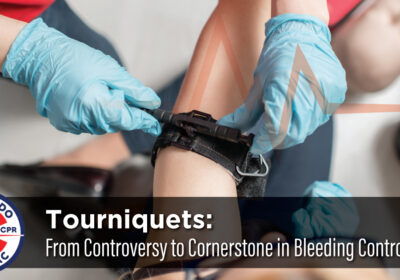
Tourniquets: From Controversy to Cornerstone in Bleeding Control
The use of tourniquets has transformed modern trauma care. Once considered a last resort, they…
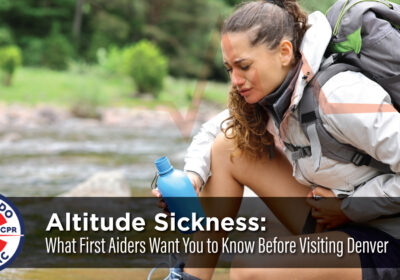
Altitude Sickness: What First Aiders Want You to Know Before Visiting Denver
Denver, Colorado, is famous for its sunshine, mountain views, and “Mile High City” nickname. But…
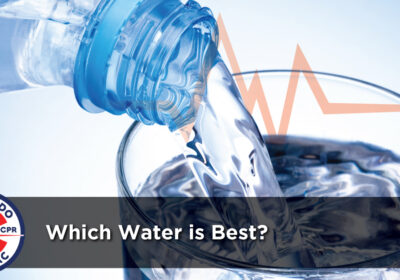
Which Water is Best?
NEWS YOU CAN USE: During the mid to late 1980s, the bottled water craze began…
